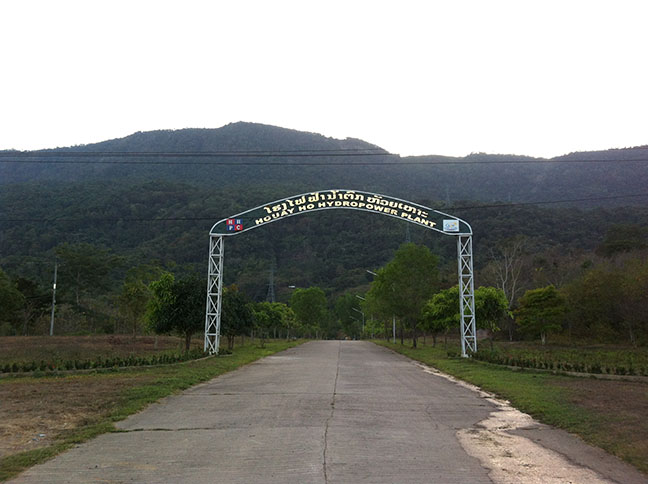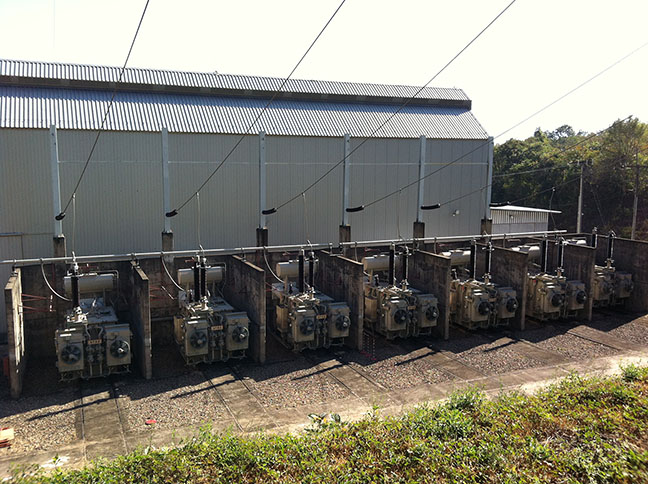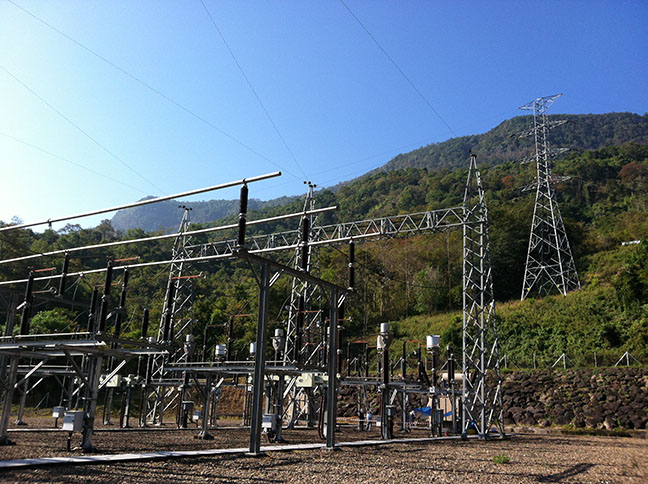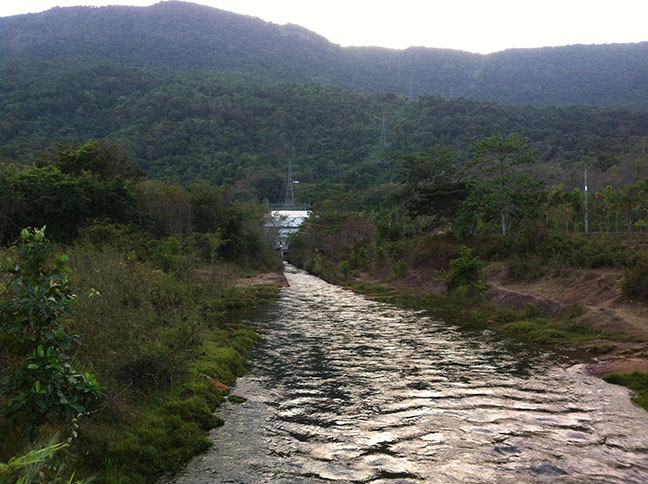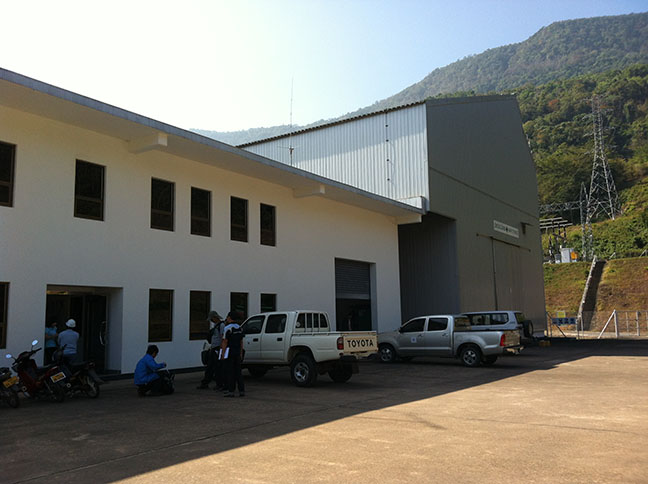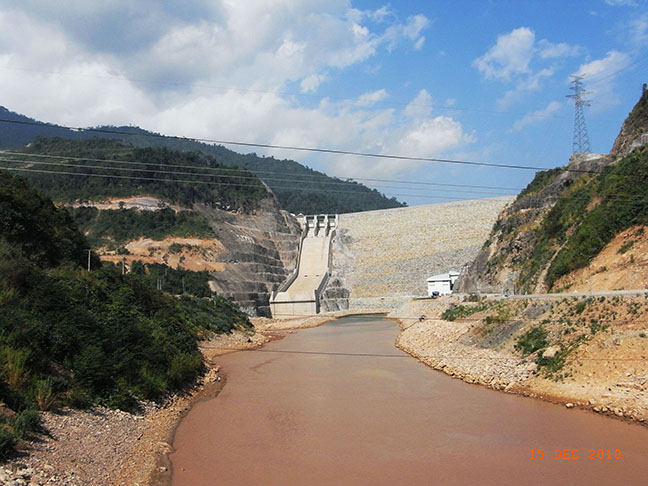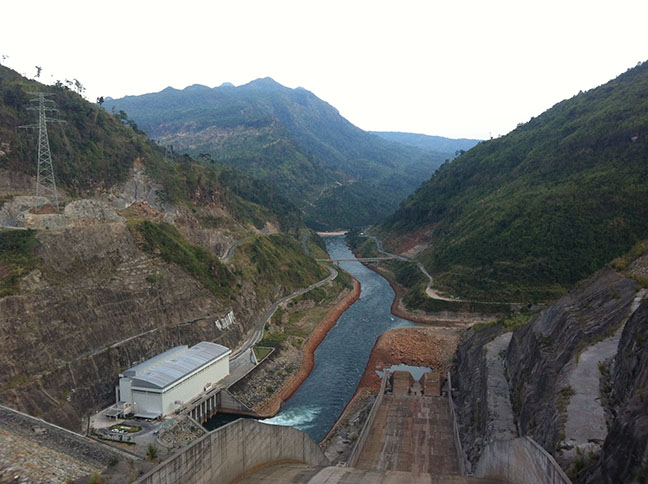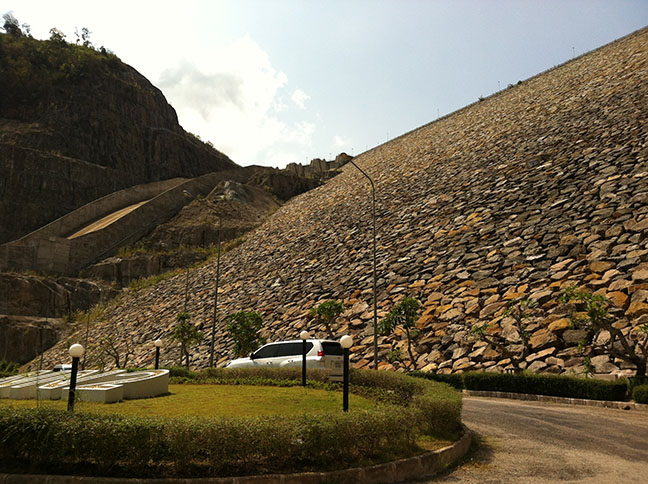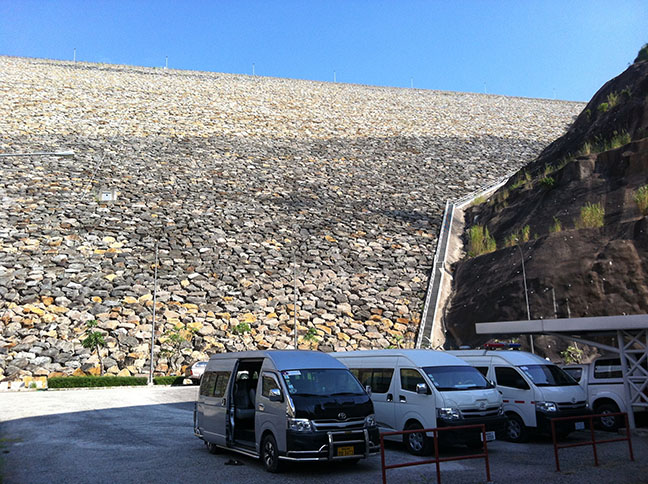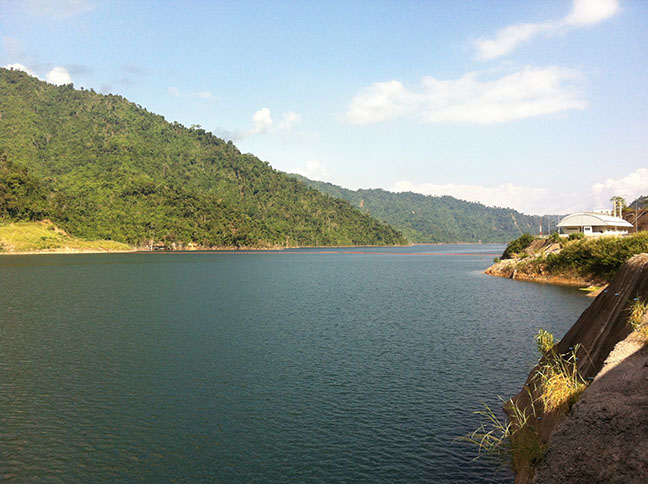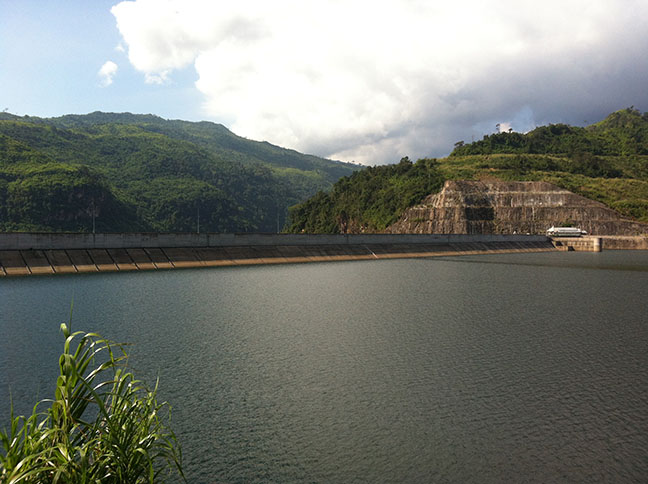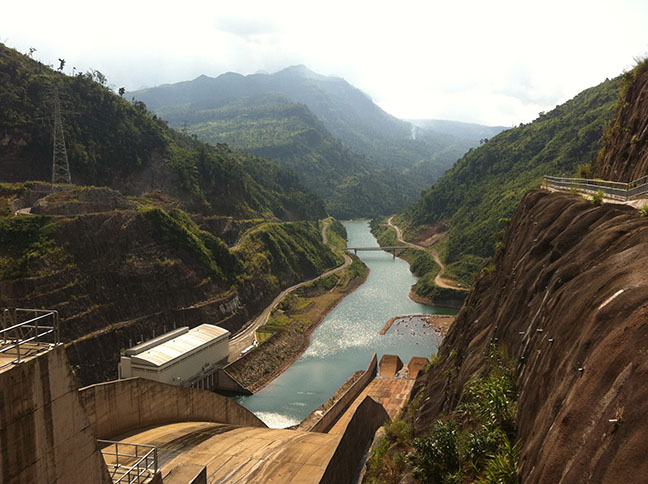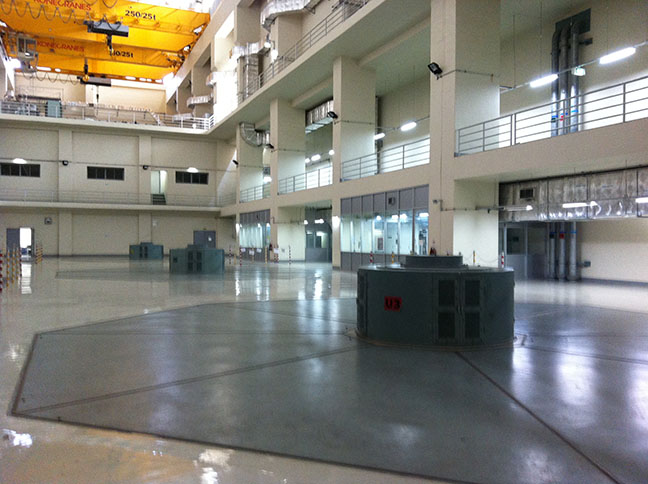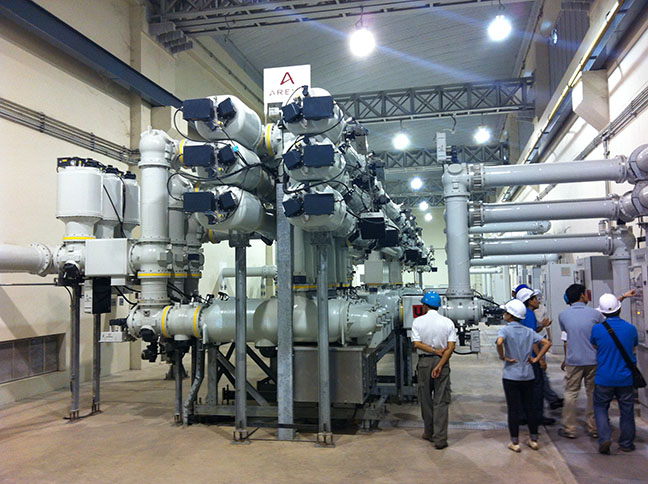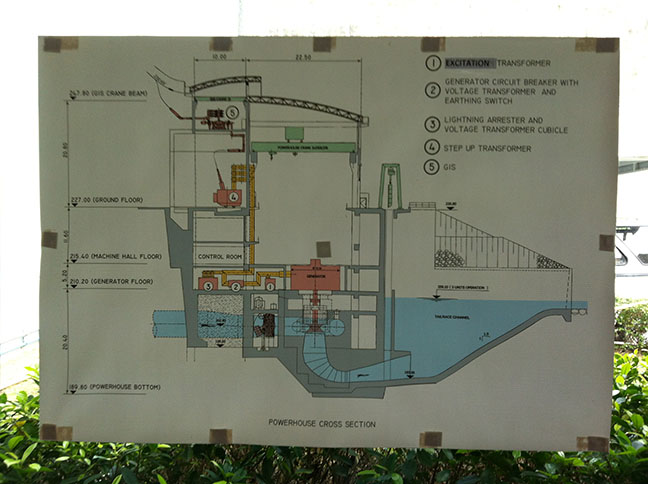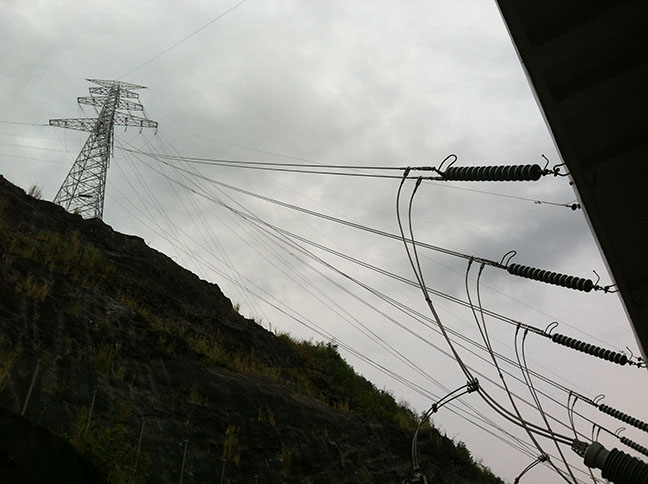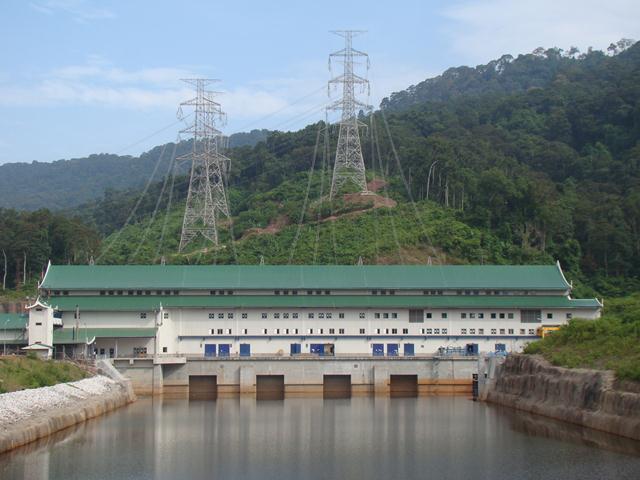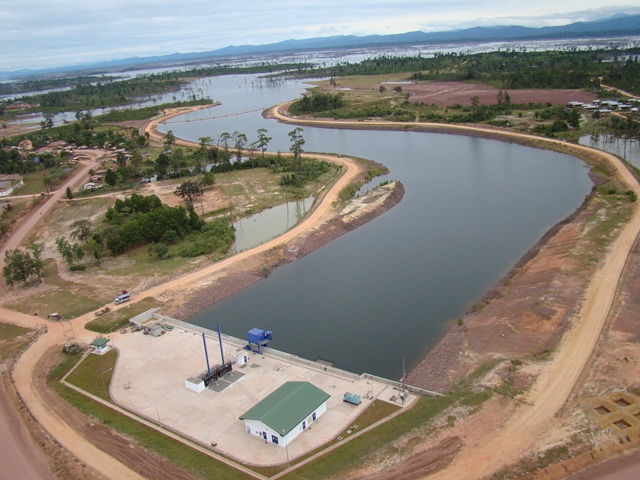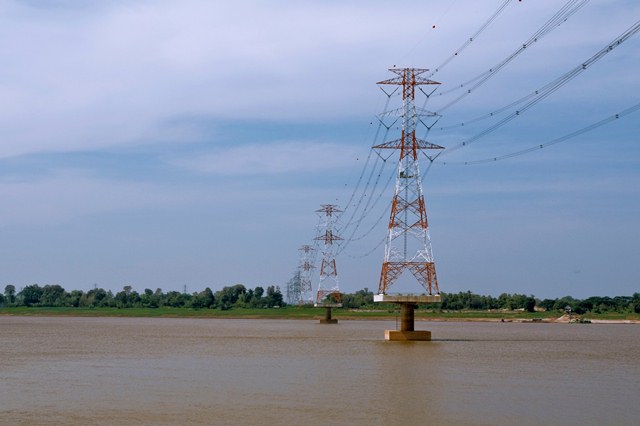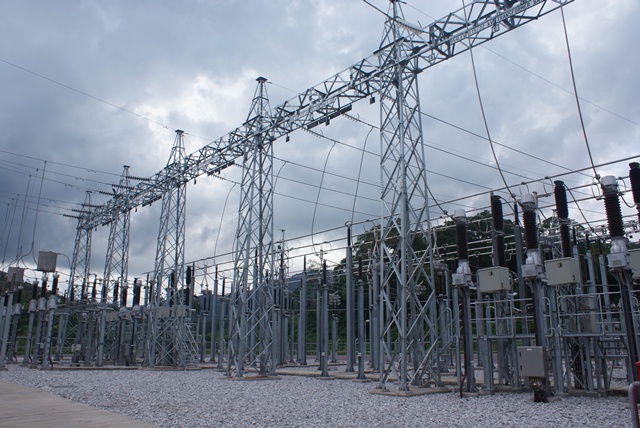4.1 How the network facilitates market trade
How does the network facilitate market trade?
In previous weeks, we have talked a lot about the energy network without truly understanding its role in the energy system. This video will give you an understanding of the role of the network, who controls it and the differences between transmission and distribution networks.
High Voltage DC Lines
Although in the video it is implied that HVDC lines are used when two countries do not wish to be in the same synchronous zone, in reality it is often not as simple as that. For long cables, especially sub-sea cable, it can become problematic to use AC lines due to large power losses in the form of heat.
Therefore, for longer distances HVDC is the preferred technology to transfer power in a single line. This is why it is most often used for cables under the North Sea and between continental Europe and Scandinavia.
Synchronous zones are therefore also the result of having to use HVDC lines for long distance transport as well as a deliberate choice. Now that the systems are in place and are not synchronized, using HVDC lines the most commonly used method to connect two asynchronous systems. It should be noted, however, that pilot projects are also being undertaken to have frequency coupling over HVDC links.
Networks in your country?
Naturally, every country has different regulations for the TSOs and DSOs depending on how the electricity market is designed. Do some research on how the network operates in your own country and post about it here. What is the role of the TSO? And the DSO? What regulations are there?

